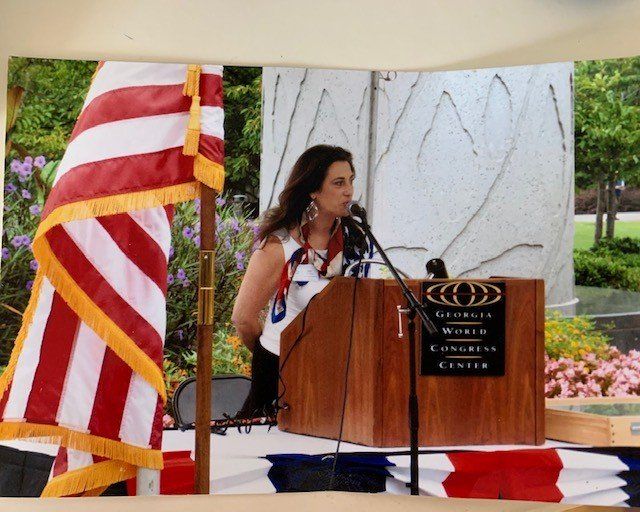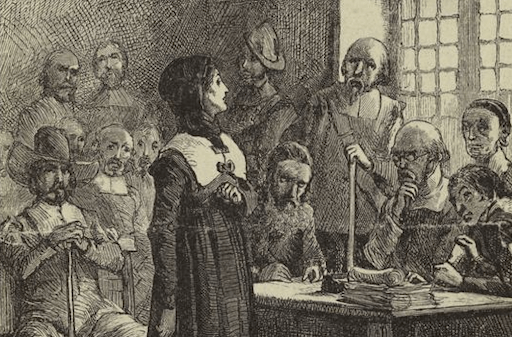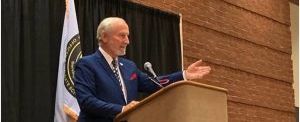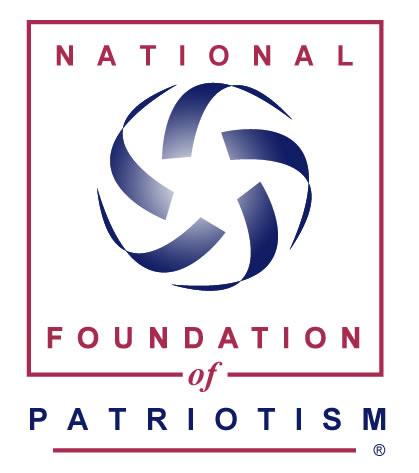Why is it important to teach American History?

It is becoming increasingly more evident that American public-school students are lacking in the basic knowledge
of our nation’s history.
Our American history, values and way of life are most effectively taught at home. As our children grow and learn to interact, they become more aware of their place within the family and, in time, their community and the world beyond.
According to American psychologist David Ausubel (1925-2008), our development of knowledge begins with the observation and recognition of things we already know. Therefore, offering kids a good foundation of relevant information they can later build on enables them to develop critical thinking skills and make determinations based on their own knowledge base, rather than herd mentality thinking.
Age-appropriate lessons and practical hands-on activities make learning fun for all of us. But particularly our young students who are experiencing the world around them and their place in the world in ever widening circles of influence. We must be certain who and what we allow to influence our children.
The National Foundation of Patriotism suggests the following ways to engage your children in learning about American History, values and culture.
Beginning with age-appropriate information:
Young children can learn about the US Flag, and the lessons of kindness, friendship, and loyalty learned through the memorization of the Pledge of Allegiance. They can create a flag with construction paper, clay or fruits and flowers. Anything that represents the Red White and Blue. They can make them as gifts or share them with friends. Therefore, learning the true meaning of Old Glory, which is a symbol that we can all look to as our banner of unity and hope.
Elementary age children can read biographies of our earliest Americans from our founding fathers, to the abolitionists, to great Americans like Helen Keller and Florence Nightingale. They can choose their favorite and tell why, or choose which one is most like them.
Middle School age children can learn the deeper meaning of our symbols of America. One idea may be to study facts about the US Dollar Bill and learn about the symbols on each side, what they say about us as Americans and why they are relevant to our American culture. A fun activity is to create origami figures to share and learn about the value of giving. Measure how many dollar bills it takes to stand 1 inch tall.
High School age students can learn about our founding documents, and federal papers. What makes them still relevant today? How were they meant to help form a “more perfect union” and how did our founding fathers come to create a sustainable plan for future growth and prosperity for America and the world beyond?
Here at the National Foundation of Patriotism, our starting point is to provide relevant information that enables everyone to learn about the meaning, message and mission of patriotism and its relevance to the daily lives of our citizens.
Our goal is to inspire a love of country, and encourage everyone to be proud to be Americans. Our objective is to unify America through the offer of thought provoking, relevant content in the form of exhibits, blog posts, social media posts and podcasts. Our desired outcome is to inspire, educate, and empower everyone who joins us to feel a sense of connectedness, self-respect, personal responsibility, and patriotic pride.
Ultimately, giving our nations next generations a sense of place, of connection and of belonging. That is the reason it’s important to teach American History.
Recent Posts












